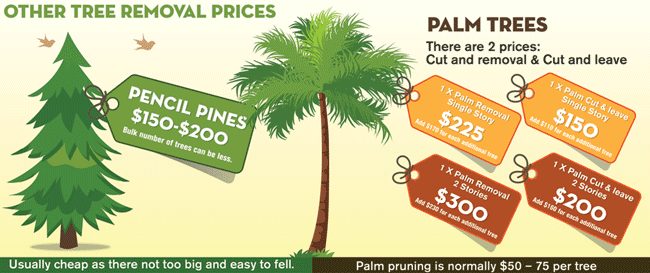Post-Tree Elimination Upkeep: Reliable Techniques For Landscape Repair
Post-Tree Elimination Upkeep: Reliable Techniques For Landscape Repair
Blog Article
Writer-Langley Als
After a tree's elimination, your landscape might look fairly various, and it's essential to examine the aftermath very carefully. You'll want to review the soil disturbance and check bordering plants for any indicators of anxiety. Overlooking these aspects can cause bigger issues down the line. So, what should you do with those stumps and origins? And exactly how do you choose the best plants for your revitalized space? Allow's discover these essential actions.
Assessing the Aftermath: Assessing Your Landscape
After a tree elimination, it's essential to assess your landscape to comprehend the impact it has on your backyard.
Start by taking a look at the location where the tree stood. Look for indicators of dirt disruption, and inspect the bordering plants for any type of stress or damages.
https://www.rentonreporter.com/news/tree-at-common-ground-cupcakes-to-be-removed/ ought to additionally take note of just how the removal has changed sunlight exposure and air flow in your garden. This change can influence the growth of neighboring plants, so it's essential to examine their wellness.
Consider the aesthetic aspects as well; the removal could produce an open space that you can revamp.
Ultimately, consider any prospective erosion issues that may develop from the tree's absence. Resolving these elements early will aid bring back balance to your landscape.
Handling Stumps and Origins: Choices for Removal
As soon as you have actually evaluated the after-effects of the tree removal, you'll likely need to take on the stump and origins left behind.
You have a couple of options for removal. One efficient technique is stump grinding, where a specialist makes use of an equipment to grind the stump to underground level. This strategy leaves very little disturbance to your landscape.
If you favor a do it yourself technique, you can utilize a combination of digging and chemical stump eliminators. Just remember, How To Prune A Fig Tree Video can take time and initiative.
Conversely, take into consideration leaving the stump as a natural function, which can function as an unique yard aspect or environment for wildlife.
Whatever you select, addressing the stump and roots is vital for restoring your landscape.
Choosing the Right Plants for Your New Space
As you examine your newly gotten rid of area, selecting the right plants can dramatically enhance your landscape's elegance and capability.
Beginning by taking into consideration the sunlight and soil conditions. For sunny areas, select drought-resistant plants like lavender or succulents. In shaded spots, ferns and hostas prosper well.
Consider the size and development routines of your plants; mix perennials and annuals for seasonal variety. Do not forget to include indigenous species; they need much less upkeep and support local wildlife.
Team plants in strange numbers for a more all-natural look and create layers for visual deepness.
Finally, ensure you have a mix of shades and structures to maintain your landscape vibrant throughout the seasons.
Pleased planting!
Verdict
In conclusion, recovering your landscape after tree elimination is a rewarding procedure. By examining the results, addressing stumps and roots, and selecting the right plants, you'll develop a flourishing setting. Don't forget to integrate disintegration control procedures to safeguard your soil. With a little initiative and treatment, you can transform your room into a lively garden that improves your property. Embrace the chance to renew your landscape and appreciate the beauty of nature right in your backyard!
